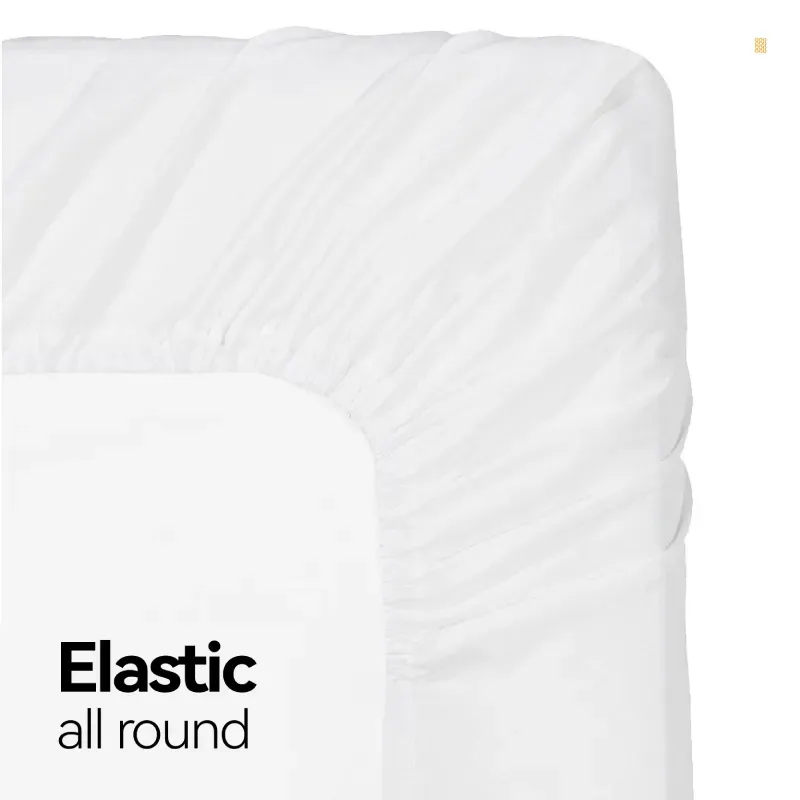polyester fibre vs microfiber cushion
Polyester Fiber vs. Microfiber Cushion A Comparative Analysis
In recent years, the choice of cushion materials has become increasingly important for consumers looking to enhance their comfort and aesthetics in home décor. Among the most popular materials are polyester fiber and microfiber, each offering distinct advantages and disadvantages. Understanding the differences between these two materials can help consumers make more informed decisions when choosing cushions for their living spaces.
Polyester Fiber Cushions
Polyester fiber, a synthetic material derived from petroleum, has been a staple in the textile industry for many years. It is highly favored for its durability, resistance to wrinkles, and ease of care. Cushions made from polyester fiber often retain their shape, even after extended use, making them a practical choice for both indoor and outdoor settings.
One of the primary benefits of polyester fiber cushions is their affordability. They tend to be less expensive to produce, making them a budget-friendly option for consumers. Furthermore, polyester is resistant to mildew and fading, ensuring that cushions maintain their appearance over time. The material is also hypoallergenic, which is an essential factor for households sensitive to allergens.
However, polyester fiber isn't without its drawbacks. While durable, it can be less breathable than natural fibers, leading to discomfort in hot weather. Additionally, cushions made from polyester fiber may require more frequent washing to maintain freshness, as they can hold onto odors and moisture.
Microfiber Cushions
polyester fibre vs microfiber cushion

Microfiber, a finer synthetic fiber composed of polyester and polyamide, has gained popularity due to its unique softness and luxurious feel. Microfiber cushions are known for their plush texture, making them particularly appealing to those who prioritize comfort. The fibers are densely packed, which gives these cushions a cushy and inviting appearance, often mimicking the look and feel of suede.
One of the standout features of microfiber cushions is their stain resistance. They tend to repel spills and stains more effectively than polyester fiber, making them a suitable choice for families with young children or pets. Additionally, microfiber is remarkably easy to clean; a simple wipe down or vacuuming can often restore their appearance.
On the downside, microfiber cushions are generally more expensive than their polyester counterparts. While this investment often results in superior comfort and appearance, consumers should be prepared to spend more upfront. Additionally, the breathability of microfiber can sometimes be a concern, particularly in warmer climates, as the dense fibers may not allow for adequate airflow.
Conclusion
When choosing between polyester fiber and microfiber cushions, consumers should consider their personal preferences, budget, and lifestyle requirements. Polyester fiber cushions are a cost-effective alternative that offers durability and easy maintenance, making them suitable for various settings. In contrast, microfiber cushions provide an unparalleled softness and luxurious feel, along with effective stain resistance, but at a higher price point.
Ultimately, the decision will depend on what factors are most important to the individual. Whether one opts for the practicality of polyester fiber or the indulgence of microfiber, both materials can contribute significantly to enhancing the comfort and style of home furnishings.
-
Elevating Comfort and Quality with the Right Bed LinenNewsJul.07, 2025
-
Bedding Essentials: From Percale Sheets to White Quilts, Finding Your Perfect Sleep HavenNewsJul.07, 2025
-
Choosing the Right Bedding for a Comfortable and Stylish BedroomNewsJul.07, 2025
-
Understanding the Diverse World of Towel TypesNewsMay.29, 2025
-
The Ultimate Comfort: Discover the Benefits of Polycotton SheetsNewsMay.29, 2025
-
Experience Luxury with 1800 Brushed Microfiber SheetsNewsMay.29, 2025
-
Elevate Your Sleep with Luxurious Hotel Sheets for SaleNewsMay.29, 2025






